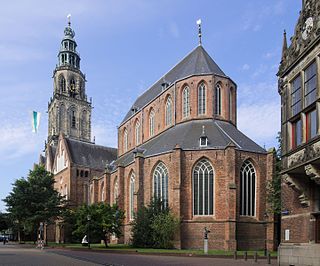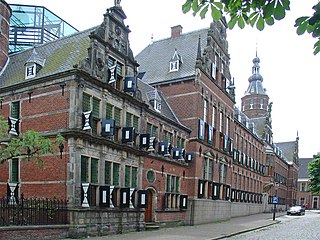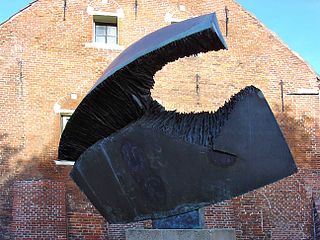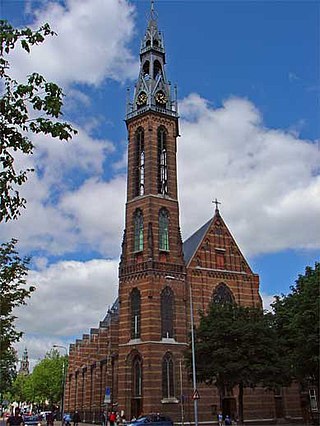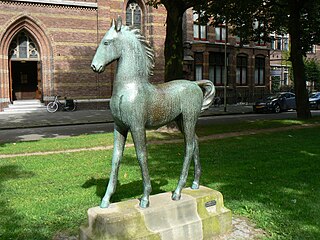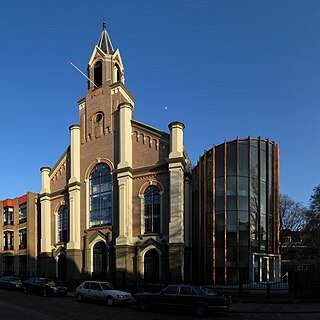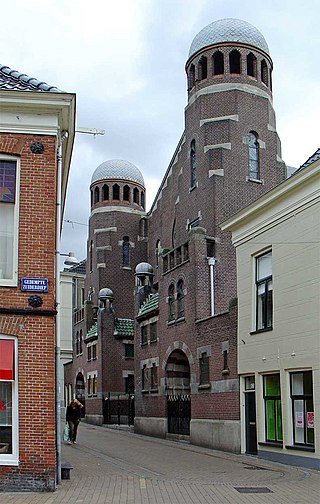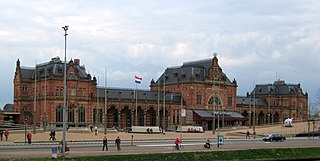Self-guided Sightseeing Tour #3 in Groningen, Netherlands
Legend
Tour Facts
2.2 km
26 m
Experience Groningen in Netherlands in a whole new way with our free self-guided sightseeing tour. This site not only offers you practical information and insider tips, but also a rich variety of activities and sights you shouldn't miss. Whether you love art and culture, want to explore historical sites or simply want to experience the vibrant atmosphere of a lively city - you'll find everything you need for your personal adventure here.
Activities in GroningenIndividual Sights in GroningenSight 1: Martinikerk
The Martinikerk is the oldest church in Groningen, Netherlands. The church and its associated tower are named after Saint Martin of Tours (316–397), the patron saint of the Bishopric of Utrecht to which Groningen belonged.
Sight 2: Provinciehuis
The provincial government building of Groningen is the administrative center of the province of Groningen. The building complex is located on the east side of the Martinikerkhof in the heart of the city of Groningen. The front building on the Martinikerkhof dates from the beginning of the twentieth century, the rear, containing the state hall, is the former Latin Sint Maartensschool of Groningen and dates from the late Middle Ages.
Sight 3: De Grote Verscheuring
The Great Tearing is a sculpture by the Italian artist Pierluca (1926-1968). It is located in the Dutch city of Groningen.
Sight 4: St. Joseph Cathedral
The St. Joseph Cathedral is the cathedral of the Roman Catholic Diocese of Groningen-Leeuwarden in the city of Groningen in the Netherlands.
Sight 5: Veulen
Foal is a bronze sculpture by the Dutch artist Wladimir de Vries (1917-2001). It is located on the Radesingel in the city of Groningen.
Sight 6: Remonstrantse Kerk
The Remonstrant Church is a church in the southern city center of Groningen, which has been designated as a municipal monument.
Sight 7: Synagoge
The synagogue is a Jewish building built in 1906 at Folkingestraat 60 in the Dutch city of Groningen. It was in use from 1906 to 1942 and has been dedicated to worship again since 1981. However, the prayer room has been reduced in size, creating space for a museum part. In 2021, a permanent exhibition was opened in the synagogue in which visitors can learn about Jewish culture and religion and the history of the Jewish communities in the city and province of Groningen.
Sight 8: Hoofdstation
Groningen railway station, known locally as the Main Station, is the main railway station in the city of Groningen. It is located on the south side of the city center, just across the Verbindingskanaal.
Share
How likely are you to recommend us?
Disclaimer Please be aware of your surroundings and do not enter private property. We are not liable for any damages that occur during the tours.
GPX-Download For navigation apps and GPS devices you can download the tour as a GPX file.
